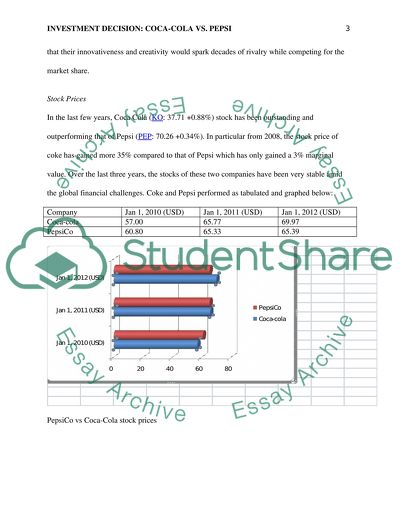Cite this document
(“Investment Decision: Coca-Cola Vs. Pepsi Assignment”, n.d.)
Retrieved de https://studentshare.org/finance-accounting/1402018-investment-decision-coca-cola-vs-pepsi
Retrieved de https://studentshare.org/finance-accounting/1402018-investment-decision-coca-cola-vs-pepsi
(Investment Decision: Coca-Cola Vs. Pepsi Assignment)
https://studentshare.org/finance-accounting/1402018-investment-decision-coca-cola-vs-pepsi.
https://studentshare.org/finance-accounting/1402018-investment-decision-coca-cola-vs-pepsi.
“Investment Decision: Coca-Cola Vs. Pepsi Assignment”, n.d. https://studentshare.org/finance-accounting/1402018-investment-decision-coca-cola-vs-pepsi.


